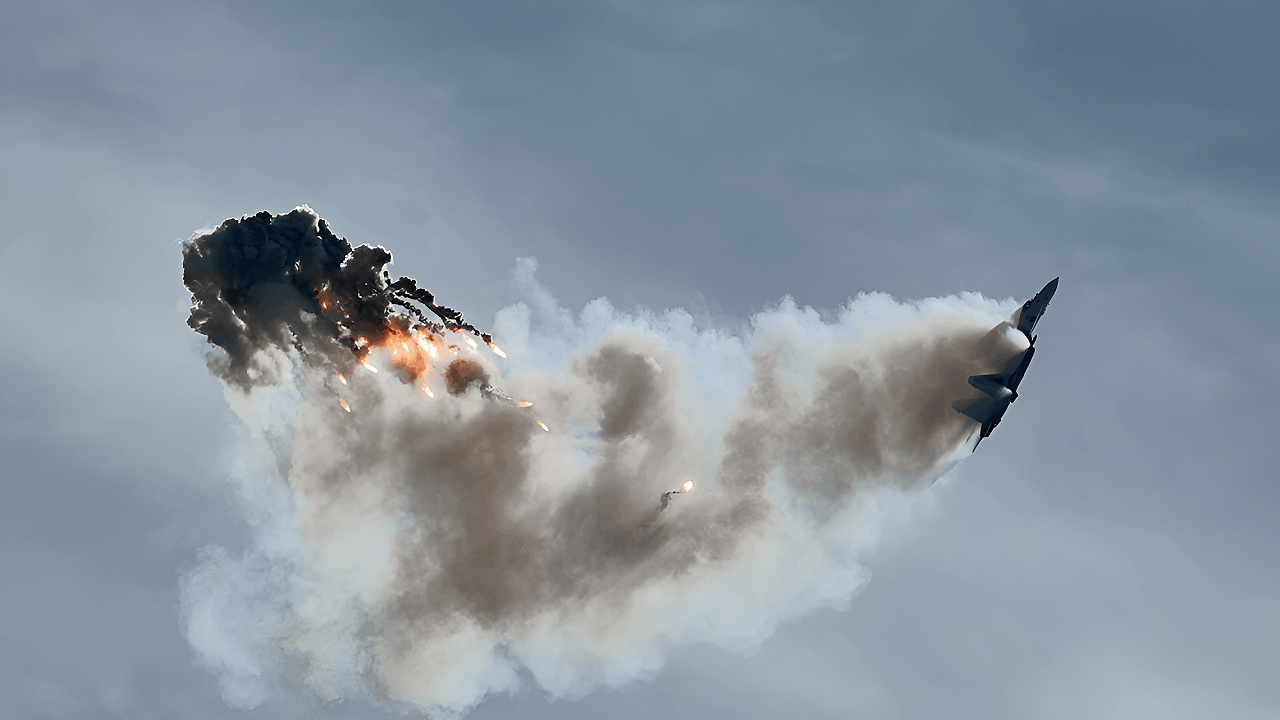
On the night of October 16–17, 2025, a Ukrainian drone strike in Crimea caused Russian air defenses to accidentally shoot down their own Su-30SM fighter jet. Dmytro Pletenchuk, a spokesperson for the Ukrainian Navy, said this happened during heavy defensive fire.
Russian officials have not confirmed this report, and there is no independent evidence at this time. A Su-30SM fighter jet usually costs between $35 million and $50 million.
Gvardeyskoye Airbase and Oil Depot
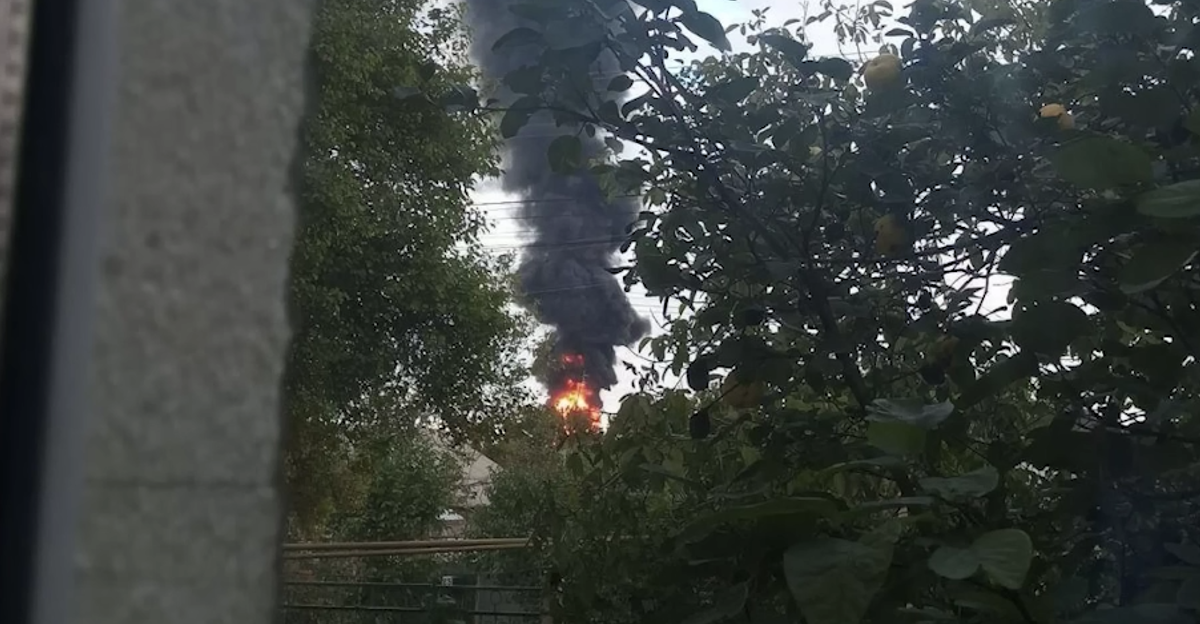
Ukraine’s Special Operations Forces confirmed that a drone attack hit an oil depot and an industrial facility near the Gvardeyskoye airbase in central Crimea.
The attack caused a large fire at the fuel depot, which supports Russian military operations on the peninsula. The base is home to the 37th Guards Composite Aviation Regiment, which operates Su-24M and Su-25 aircraft.
The Aircraft
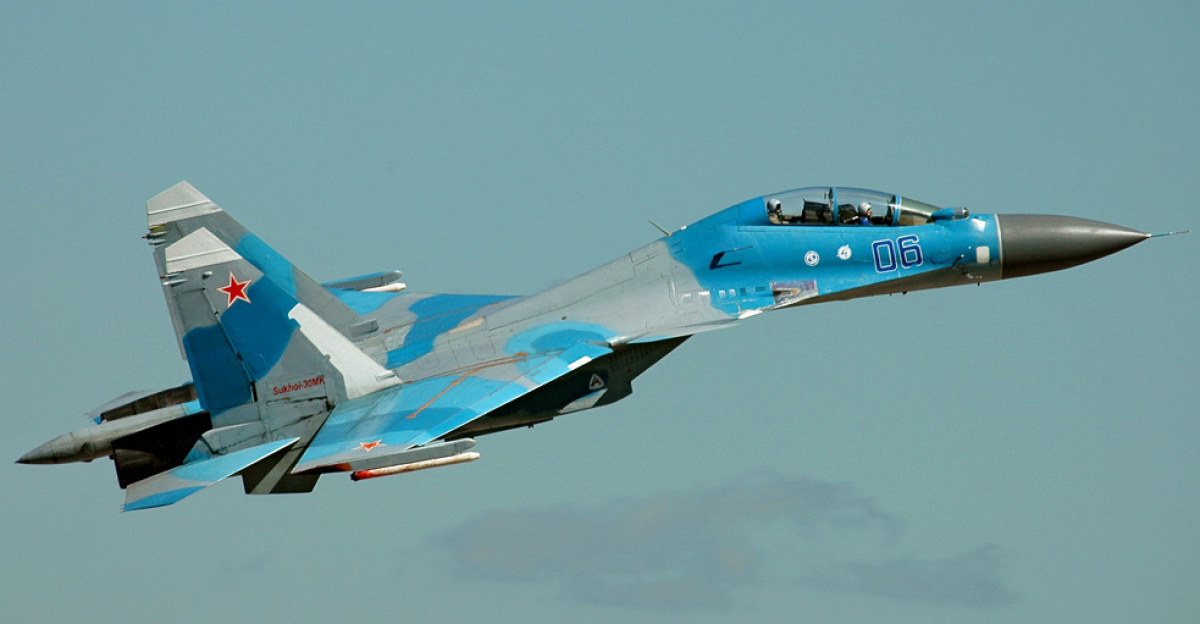
The Su-30SM is a multirole fighter with two seats and two engines, developed by Sukhoi for the Russian Air Force. It has advanced technology, including the N011M Bars radar.
This radar can find large aircraft up to 400 km away and smaller fighter jets at 140 to 160 km. The Su-30SM can maneuver very well because it has thrust vectoring. It can carry weapons weighing up to 8 tons. The aircraft also includes systems to help prevent friendly fire.
What Ukraine Claims Happened

According to Pletenchuk, intercepted radio chatter suggested that both engines of the Su-30SM caught fire during the engagement.
He said, “They were repelling Ukrainian attacks so actively that they ended up shooting down their own plane.” The crew reportedly ejected safely before the aircraft crashed in northwestern Crimea.
Russia’s Official Response: None So Far
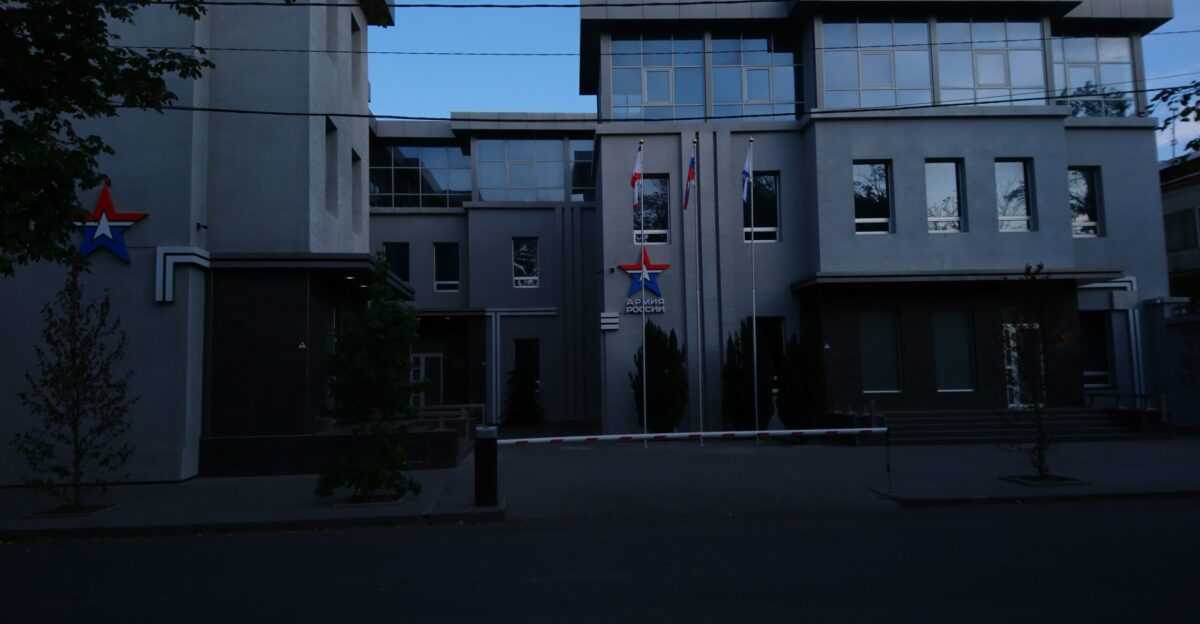
As of October 20, 2025, Russia’s Ministry of Defense has not commented on the reported friendly fire incident. Officials announced that they intercepted 61 Ukrainian drones overnight on October 16–17.
Out of these, 38 drones were intercepted over Crimea and the Black Sea. They did not mention any aircraft losses.
Conflicting Accounts from Russian Military Bloggers
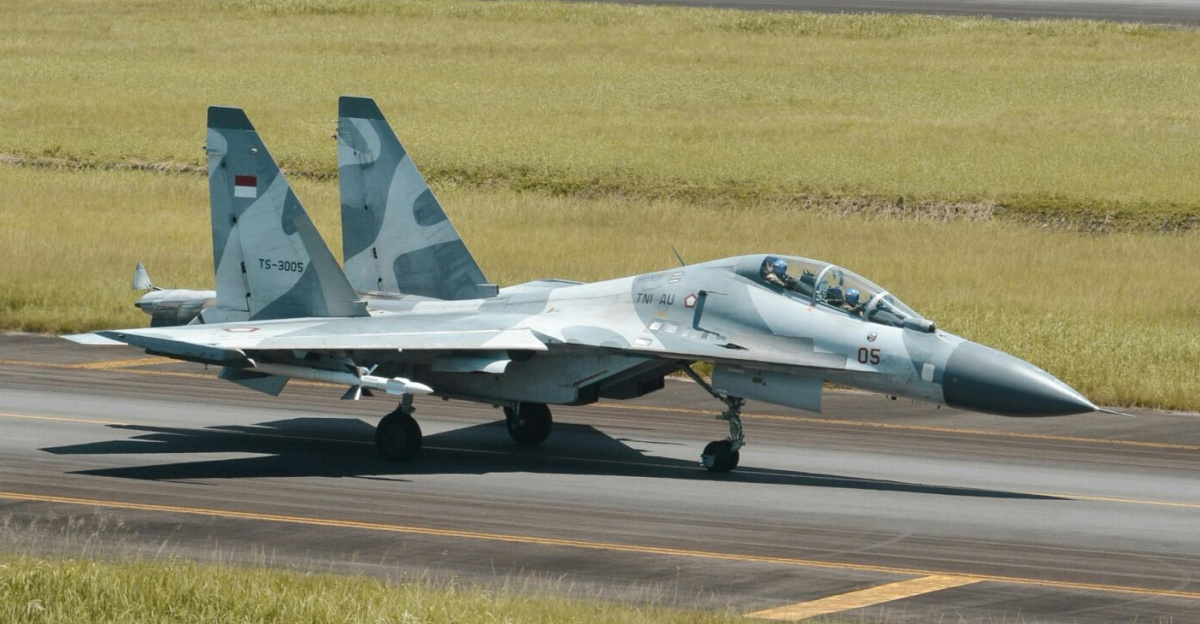
Russian military bloggers have different views on what caused the loss of the Su-30SM. Some pro-military Telegram channels say the cause is “unknown.”
However, Militarnyi cites aviation-focused bloggers who suggest that friendly fire was responsible. They claim that a missile meant for a drone accidentally struck the fighter jet, starting a fire that the crew could not put out.
The Crew Survives

Reports say that the two-person crew of the Su-30SM safely ejected and was rescued.
Both the Moscow Times and Militarnyi confirmed this news, while Kyiv Independent first reported conflicting details before confirming their survival.
A Broader Drone Campaign
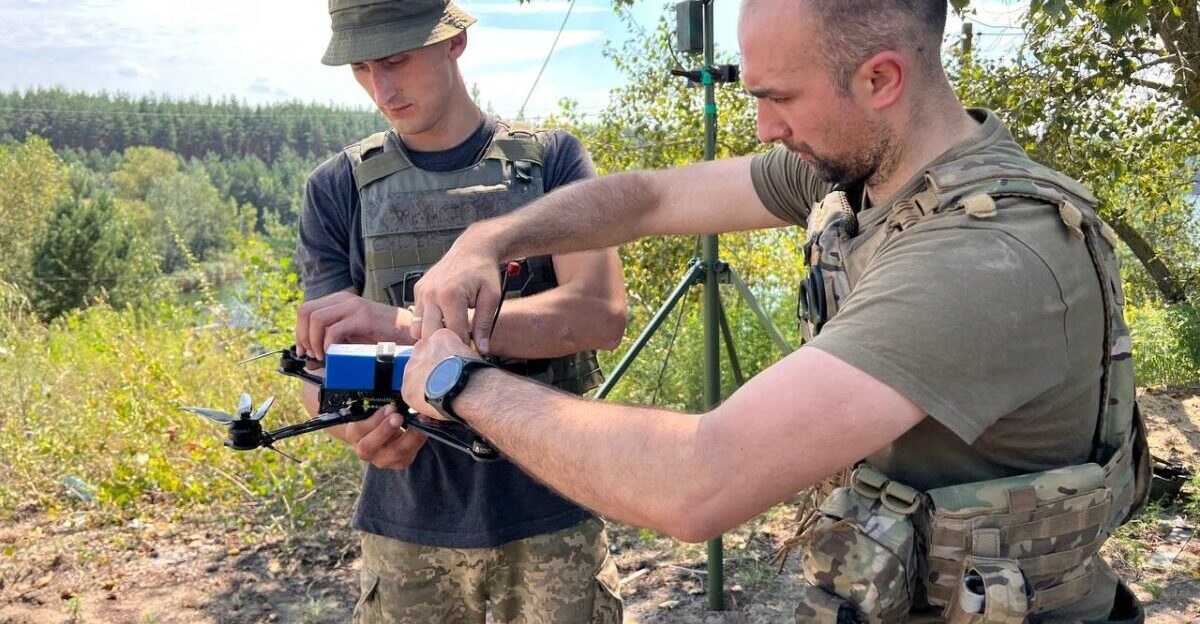
The incident occurred during a larger Ukrainian drone campaign targeting Russian military sites in Crimea.
In October 2025, Ukrainian strikes hit places like the Feodosia oil terminal on October 6, 7, and 13, destroying more than 11 main storage tanks. Earlier attacks in August and September focused on important radar systems at Saky airbase.
Ukraine’s Drone Arsenal and Tactics
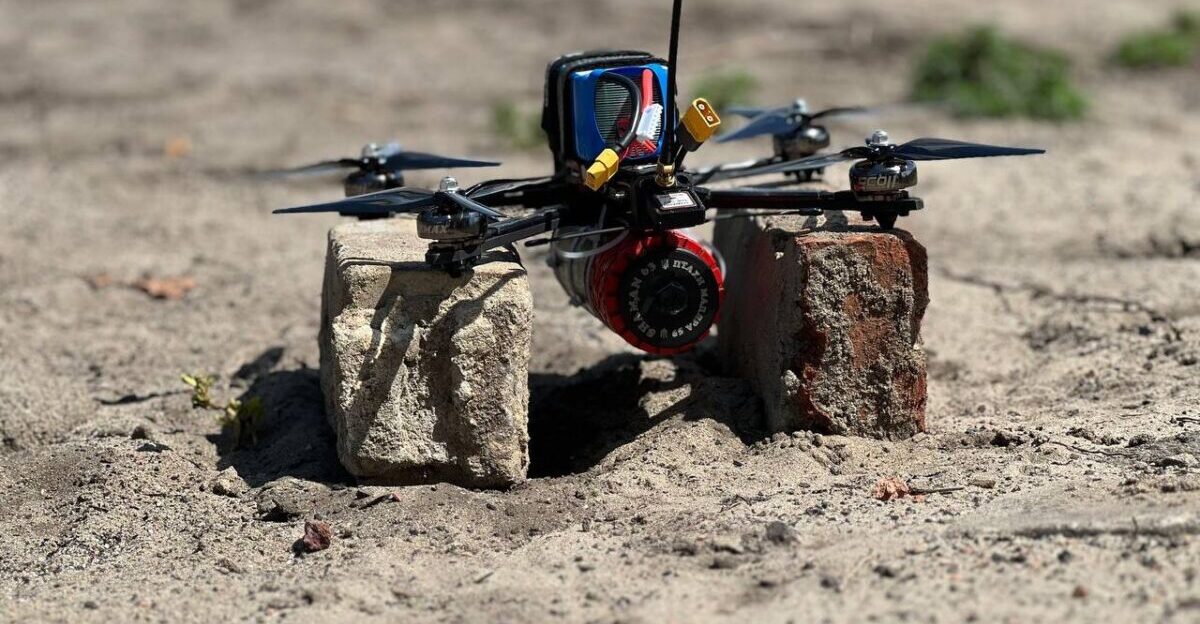
Ukraine used different drones in the strike on October 16–17, although the specific types have not been identified. They often use low-cost FPV (First Person View) drones, which cost about $500.
They also use longer-range drones like the UJ-26 Beaver, which costs around $50,000. These drones are frequently used in groups to overwhelm Russian air defenses.
How Friendly Fire Can Happen
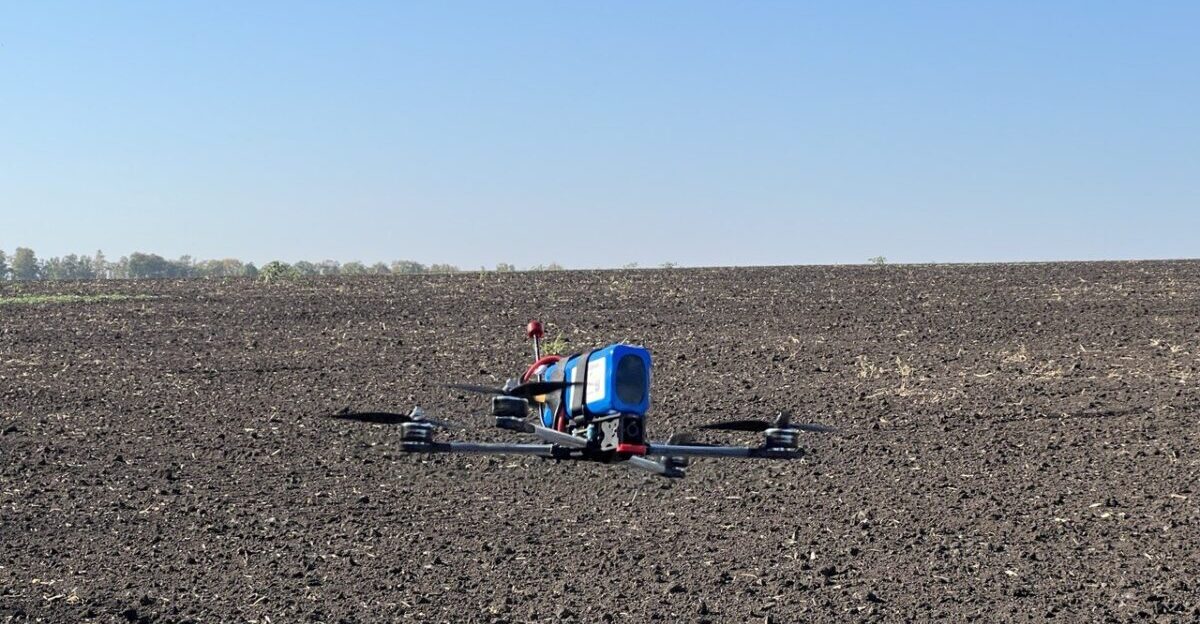
Identification Friend or Foe (IFF) systems help identify friendly aircraft and separate them from enemy ones using encrypted signals.
However, in high-pressure situations with many targets, electronic interference, or large groups of drones, these systems can fail. This increases the risk of hitting friendly aircraft by mistake.
Friendly Fire in Modern Warfare
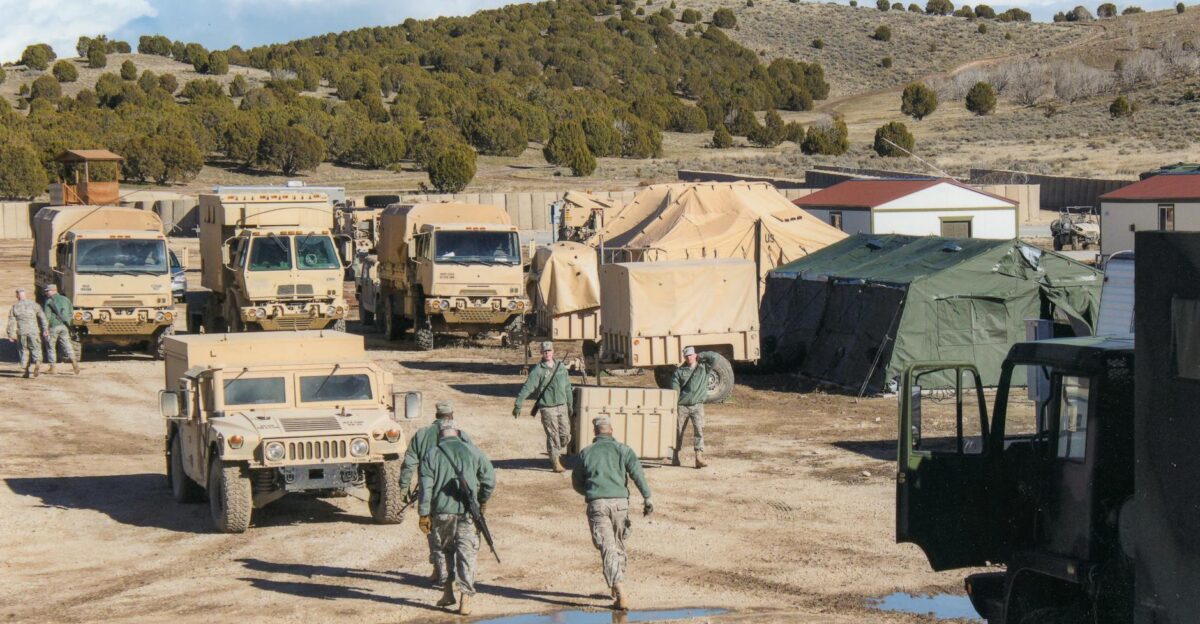
Friendly fire is a recurring issue in warfare. During Operation Desert Storm in 1991, it accounted for 17% of U.S. casualties. Other examples include the 2004 death of Pat Tillman in Afghanistan and a 2003 incident in Iraq when A-10 aircraft mistakenly killed U.S. Marines.
More recently, a U.S. F/A-18F Super Hornet shot down a friendly drone over the Red Sea in December 2024.
Crimea’s Air Defenses Under Pressure
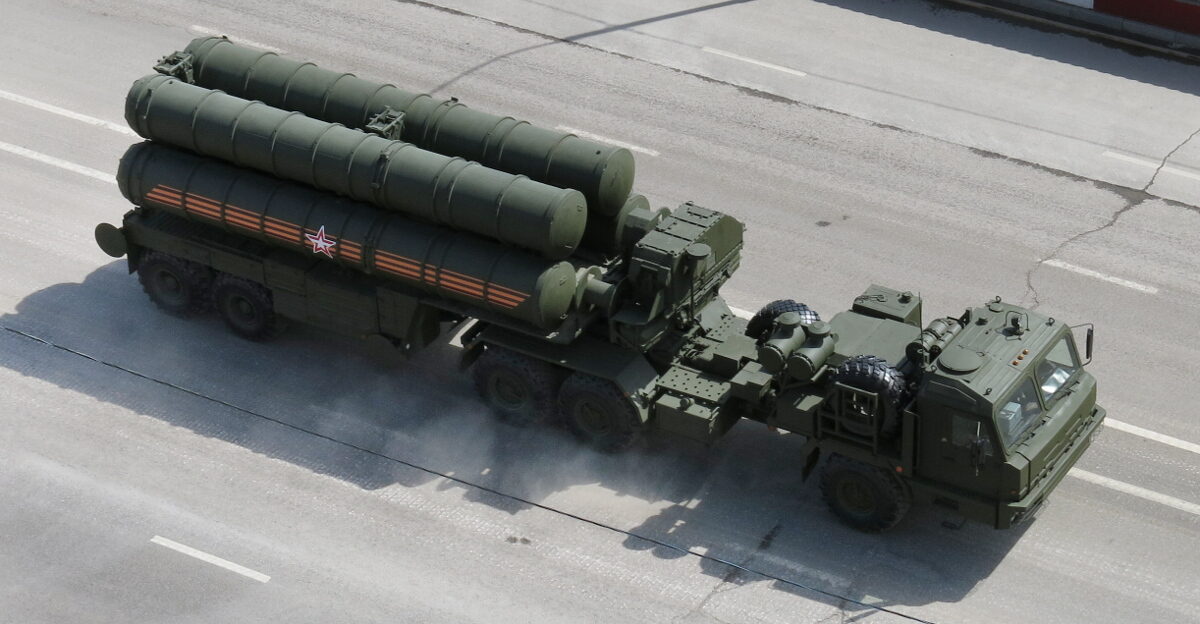
Russian-occupied Crimea is protected by a network of S-300 and S-400 surface-to-air missile systems designed to counter aircraft and drones.
Throughout 2025, Ukrainian strikes have targeted and reportedly disabled several of these radar systems, including S-300 components at Saky (August 31) and S-400 systems in early September.
Strategic Impact of Drone Strikes
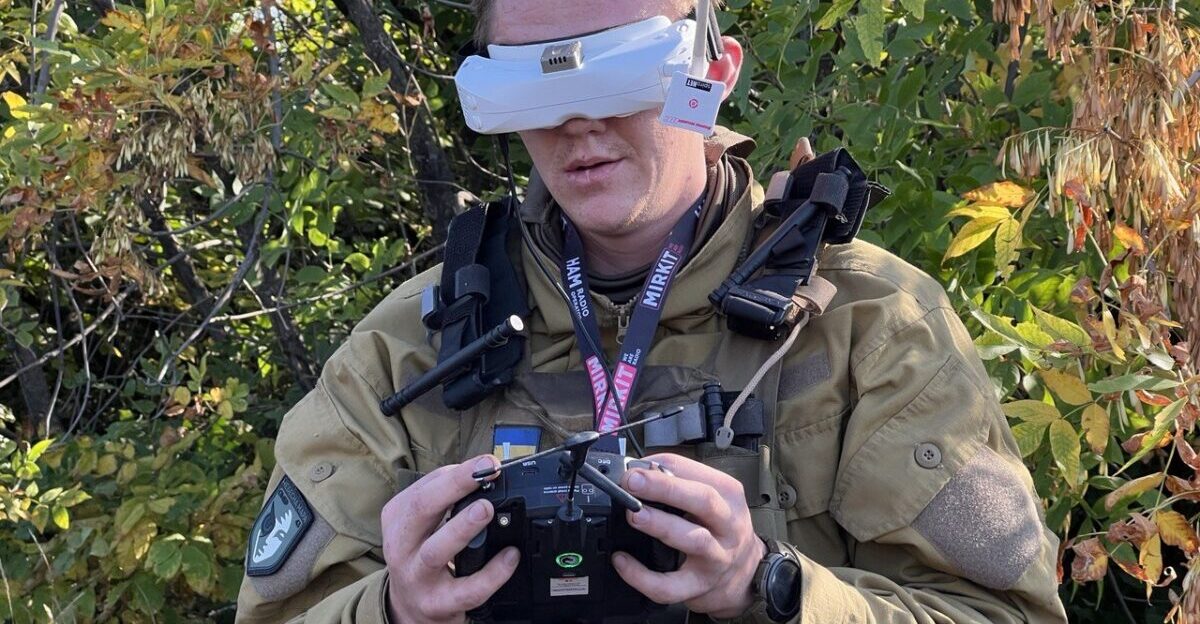
Ukraine’s ongoing drone campaign has disrupted Russian supply lines and air defense positioning. According to Ukraine’s Commander-in-Chief Oleksandr Syrskyi, drone attacks have reduced Russia’s oil-processing capacity by 21%.
A strike on October 17 at Feodosia reportedly destroyed more than half of 43 storage tanks, limiting Russia’s fuel logistics.
Why Independent Verification Matters
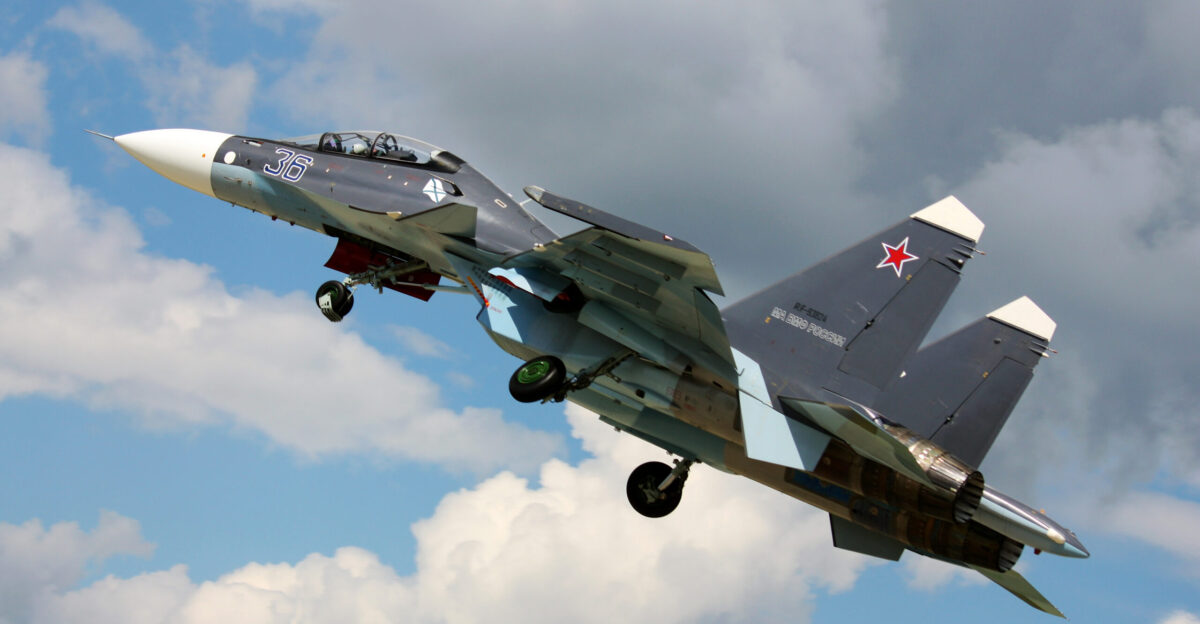
As of October 20, 2025, there has been no independent confirmation of the reported Su-30SM shootdown.
In active warzones, reports from involved parties often require third-party verification, such as satellite imagery or neutral observers. Without this, the incident remains unconfirmed.
Asymmetric Warfare in Action

Whether or not this particular incident is verified, the broader trend is clear: Ukraine is using relatively low-cost drones to inflict expensive damage. Verified strikes have taken out oil facilities, airbases, and advanced air defense systems.
If the reported friendly fire is accurate, it highlights the steep price Russia is paying—potentially losing a $50 million jet while trying to shoot down drones that cost a fraction of that.